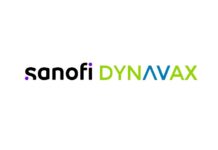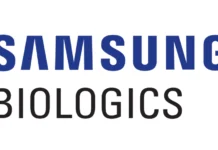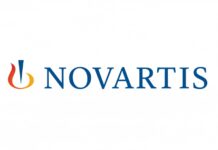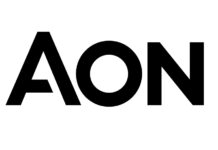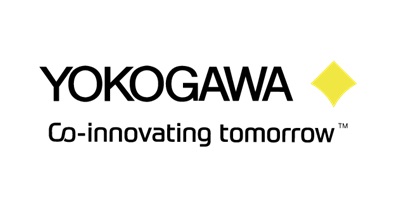Pharmaceutical and Biopharmaceutical* manufacturing is not only at the forefront of global health but also a key driver of economic growth, with the sector valued at over $1.5 trillion worldwide. Every day, millions of pharma manufacturing workers across the globe ensure the production of life-saving drugs, but their roles come with significant safety challenges.
The United States has the highest number of workers in the pharma manufacturing sector, while other countries such as Japan, Germany, India, and China are also notable for having a high volume of worker employment.

A pharma manufacturing worker’s day may include working in environments ranging from raw material and utilities supply, which are heavily industrial, to high clean environments such as API manufacture. It can also include hazards such as confined spaces, controlled atmospheres, moving equipment, automated machinery, working at heights and tight spaces where pinch points are regular occurrences. Added to this is the requirement to assure current good manufacturing practices (cGMP) are followed, including compliance to ASME BPE and FDA standards.
Given the complexity of some of the machinery and equipment present and often the need to work with hazardous chemicals, every task is performed within a framework designed to protect both the worker and the product being manufactured.
A typical day may involve operating automated machinery used for mixing and packaging medications, monitoring environmental conditions in sterile manufacturing areas, and ensuring compliance with Good Manufacturing Practices (GMP). Workers also conduct quality control checks, where even the smallest contamination could compromise product integrity, making the role of precision incredibly vital. In addition, the concentrated active pharmaceutical ingredients (APIs) themselves can be toxic if not managed properly.
Given the complexity of these operations, workers are trained in standard operating procedures (SOPs). However, despite rules and regulations being in place, they still face exposure to serious hazards whilst at work.
Some common hazards include:
1. Chemical Exposure: Such as handling toxic chemicals or substances like APIs, which can cause serious health issues if inhaled, ingested, or absorbed through the skin.
2. Biological Hazards: In some facilities, particularly those manufacturing vaccines or other biological products, workers are exposed to biological agents such as viruses and bacteria. Accidental exposure can lead to infections or long-term health effects if not managed properly.
3. Mechanical Hazards: The use of complex machinery and automated systems in manufacturing, often in tight spaces, increases the risk of injury from equipment. Added to this are risks from moving parts, such as conveyor belts, or moving vehicles.
4. Sterile Environments: Ensuring sterility in the production of certain drugs, especially injectables, is critical. Contamination not only affects product quality but also poses health risks to workers if biohazardous materials are involved.
According to the U.S. Bureau of Labor Statistics, the pharmaceutical industry recorded 1.6 non- fatal occupational injuries per 100 full-time workers in recent years. This statistic, while modest, masks the true risks inherent in the field; according to the latest IPFMA (International Federation of Pharmaceutical Manufacturers Associations) over 5.5 million people work directly within the sector and indirect effects on jobs amount to 74.3 million jobs. Taking just the core industry, annual non-fatal incidents would equate to 88,000 people being hurt every year.
Given these statistics, ensuring worker safety has become a top priority for pharma companies.
Here are a few recent headlines that highlight the need for the industry to take this seriously:
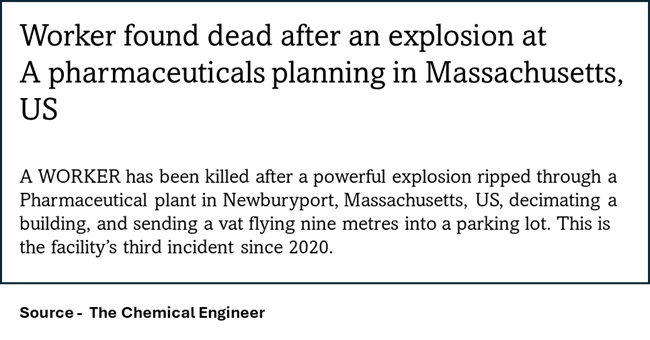
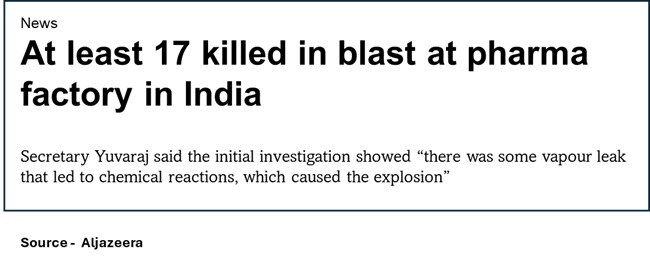
So, how can the industry ensure worker safety?
As regulations tighten and companies are being driven to streamline their operations, and as production demands escalate, what measures can be applied to ensure that worker safety is protected to the greatest extent possible?
The significant risks faced by workers in the pharma sector prompted the early adoption of Control of Work (CoW) systems in the 1980s and 1990s. Initially, CoW systems were designed to manage high-risk activities and ensure that workers adhered to strict safety protocols.
Driven by regulatory pressure from agencies such as the Occupational Safety and Health Administration (OSHA) in the U.S. and Good Manufacturing Practices (GMP) in Europe, pharma companies have implemented structured Permit-to-Work (PTW) systems. These systems ensured that high-risk tasks, such as hot work or confined space entries, were properly authorised and supervised.
In the initial stages, these CoW systems were paper based, requiring manual documentation and wet signatures, which could often be time-consuming and prone to human error. This also led to the rise of a series of admin-related challenges that hindered the workflow, such as complexity of documents, manually copying forms and writing signatures, difficulty in sharing, retrieving, or archiving documents, and inefficient auditing. Workers, including contractors, were made to wait for permits, often due to poor planning and visibility, and the resultant paperwork was often difficult to understand and follow. In situations of handwritten notes, legibility could also be challenging.
Industry 4.0
While Industry 4.0 benefits are widely known in other high hazard industries the approach towards it from the pharma sector has been relatively slow as companies worry about their systems, data, and readiness to implement.
According to a study by Bain C Company, the biggest obstacle for leadership teams planning to embrace pharma manufacturing 4.0 is integrating new and existing data systems. It shows that leading companies follow four guidelines when implementing Industry 4.0 technologies:
1. Define and manage the change as a business transformation, not a digital transformation.
2. Take a pragmatic approach to scaling innovative technologies.
3. Invest in capabilities for digital manufacturing.
4. Partner with best-in-class solution providers and learn from other industries.
The key is to choose the solution that best suits the business. Strong digital solutions are available, such as RAP4 from Yokogawa, which enables companies to connect with both their legacy systems and data, as well as providing an adaptable, best in-class, modular solution that lets them grow in accordance with future needs.
Pharma Manufacturing and Digital Control of Work
Having demonstrated value over many years, in hazardous industries such as refinery, chemicals, heavy manufacturing, and offshore amongst others, digital Control of Work systems are now being adopted by pharma manufacturing companies to enable safety culture excellence by helping workers to go about their activities in a smarter, safer way.
Digital Control of Work at its core provides safe environments built upon:
1. Comprehensive Risk Assessment and Mitigation
2. Thorough Isolation Management including LOTO
3. Focused Permit Instructions that are easy to read and understand
5 essential ways digital Control of Work can help the pharma industry –
1. Advanced Risk Assessment and Management
Effective Risk Assessment and Mitigation is the cornerstone of safety in pharma manufacturing, where workers are exposed to hazardous chemicals, complex machinery, and strict regulatory environments. Digital Control of Work enables:
1. Comprehensive risk identification and mitigation ensuring that every potential hazard is accounted for during the permitting process
2. The correct authorisation happens to ensure that the right person, is doing the right job, at the right time
3. Enhanced visibility allowing all workers and management to have real-time information to monitor and act on accordingly
2. Effective communication and collaboration
Effective communications are key to worker safety in environments where complex processes and hazardous work are commonplace. A digital system:
1. This allows a clear collaborative and communicative approach enabling enhanced planning and makes potential SIMOPS easier to see and avoid.
2. Ensures that every activity, tool, and condition is accounted for, reducing the risk of accidents due to miscommunication or oversight.
3. Enables appropriate supporting documents to be attached meaning all the correct information is easily accessible and in one place.
3. Streamlined Processes and Workflow
Pharma manufacturing often requires strict controls over who is authorised to perform specific tasks. A robust digital Control of Work system:
1. Uses a best-in-class workflow to ensure relevant information for a job is presented and individual sections know what is going on and when
2. Expedites planning and authorization of work through online communication and authorisation, ensuring that work is only conducted by qualified personnel with the correct permissions resulting in enhanced safety compliance.
3. Mobile technology for in-field risk assessment and recording of information
4. Continuous Improvement
Pharma manufacturing environments are dynamic, with evolving risks and regulations. An intuitive digital Control of Work system:
- Can adapt and improve over time
2. Allows teams to learn from past incidents and continuously improve their safety protocols through lessons learnt
3. Enhances communication to ensure required information is seen and applied at point of use.
5. Data Access and Audit
The adoption of a digital Control of Work system means:
- Everyone on-site gets real-time digital information as and when needed
2. The ability to recall and interrogate the data is significantly enhanced because every action within the system is recorded
3. Reporting and audit are significantly enhanced with all information at your fingertips
In conclusion,
To achieve operational excellence and maintain worker safety in Pharma 4.0, it is crucial to select the right digital Control of Work system that aligns with business needs.
Yokogawa’s OpreX™ Control of Work systems, offer intelligent and adaptable solutions, such as their RAP4 software, that is designed to enhance risk management, streamline approval processes, and ensure safe working practices without losing any existing audit robustness.
RAP4 is user-friendly and designed to comprehensively address the everyday safety challenges that pharma manufacturing workers face. Here’s how RAP4 ensures Smarter, Safer Working:
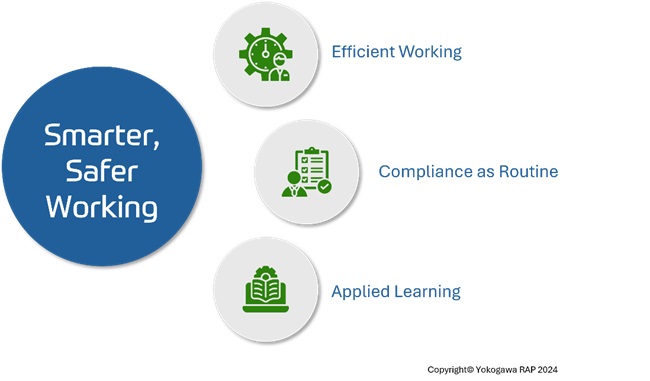
The modern connectivity capabilities of the software mean it can link seamlessly to existing modules or systems, such as maintenance management (CMMS), to ensure that all necessary data can be transferred as needed and so that insights are easily accessible via dashboards and reporting, allowing for optimized safety and workflow efficiency outcomes.
To find out how we have already helped workers in pharma manufacturing maintain the highest safety standards while improving efficiency and compliance, contact us at:




